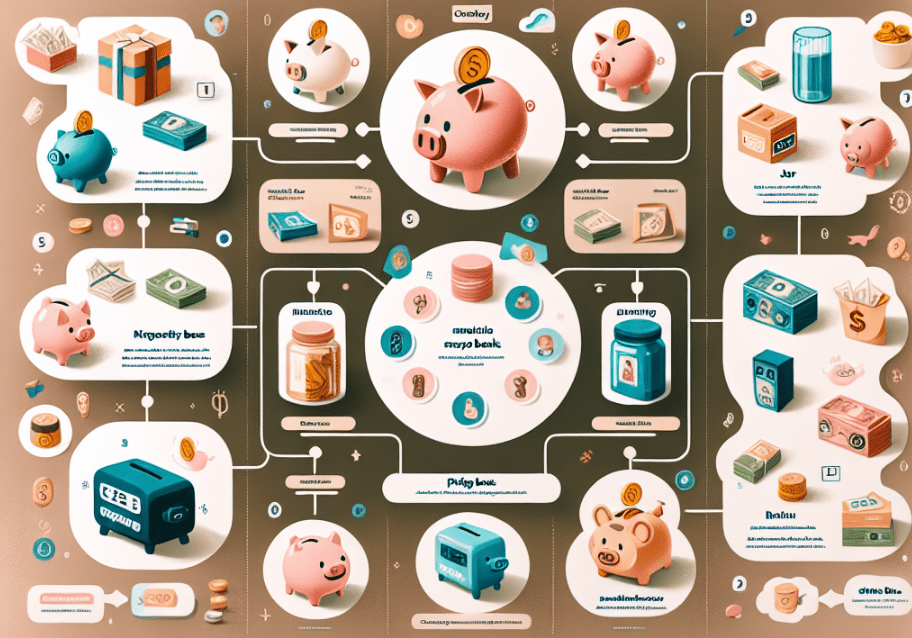kids money box

kids money box – In a world where financial education is often glossed over in early schooling, teaching children the value of money and saving is crucial. One effective and engaging tool in this educational journey is the kids’ money box, also commonly known as a piggy bank. This simple device not only helps children understand the concept of saving but also instills a sense of responsibility and the basics of financial management from a young age.
The Importance of Kids Money Box
A money box serves as a child’s introduction to the world of finance. By saving coins and small amounts of money, children can visually and physically see their savings grow. This tangible experience is essential in teaching them the value of money. Moreover, using a money box can help children learn about goals and delayed gratification as they save up for something they really want, be it a toy, a book, or a special treat.
Different Types of Kids Money Box
Kids’ money boxes come in various shapes, sizes, and themes. From the classic ceramic piggy banks to modern digital counting money boxes, there is a wide range to suit different interests and age groups. Here are a few popular types:
Traditional Piggy Banks: These are often ceramic and come in the shape of pigs, but many other animal shapes are available. The classic “break to open” feature can be a fun, albeit final, event when the bank is full.
Digital Money Jars: These money boxes count coins as they are inserted, displaying the total on a digital screen. This is great for older kids who can start learning about different coin values and basic arithmetic.
Theme-Based Money Boxes: Often designed around popular children’s movie characters or themes, these make saving appealing by aligning with a child’s interests.
DIY Money Boxes: These can be made at home from simple materials like cardboard or used containers. Decorating their own money box can make the experience even more engaging for a child.
Lockable Money Boxes: These introduce a higher level of security and teach kids about keeping money safe. It adds an extra step of responsibility, as they manage a key or combination.
Educational Benefits of Using a Money Box
Goal Setting: Kids can set specific savings goals, which teaches planning and prioritizing. This can be an early introduction to budgeting.
Math Skills: Counting money, understanding denominations, and calculating savings improve their arithmetic skills.
Financial Responsibility: Regularly saving a portion of their pocket money can instill a habit of saving over spending.
Patience and Delayed Gratification: Learning to wait until they have enough money for a desired item teaches patience and the value of waiting for something important.
How to Introduce a Money Box to Your Child
Start Simple: Explain the concept of saving in terms they can understand. Use examples relevant to their experiences, like saving for a new toy.
Make It Routine: Encourage regularly putting money into the box, whether it’s weekly pocket money or coins found around the house.
Set Goals: Help them set achievable goals to maintain their interest and motivation in saving.
Celebrate Achievements: Once they reach their goal, celebrate their achievement to reinforce the positive aspects of saving.
Discuss and Reflect: Talk about what they learned from the experience and how they can apply it in future savings goals.
Conclusion
A kids’ money box is more than just a place to store spare change. It’s a powerful educational tool that teaches financial literacy, responsibility, and the value of money. In an age where financial decisions have far-reaching consequences, empowering children with these skills is invaluable. As they grow, the lessons learned from their first money box can provide a foundation for sound financial decisions in the future.